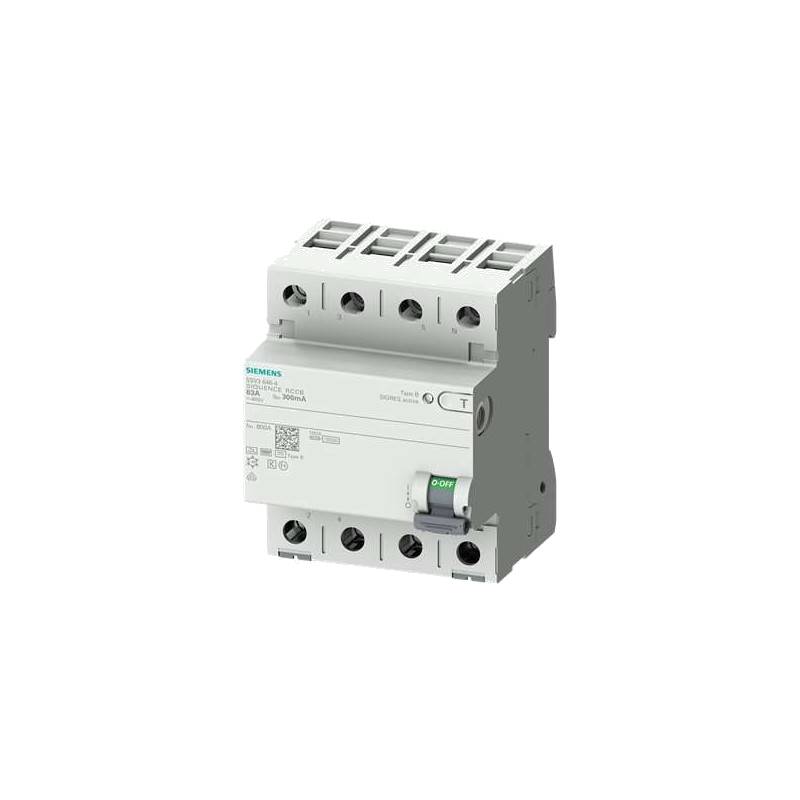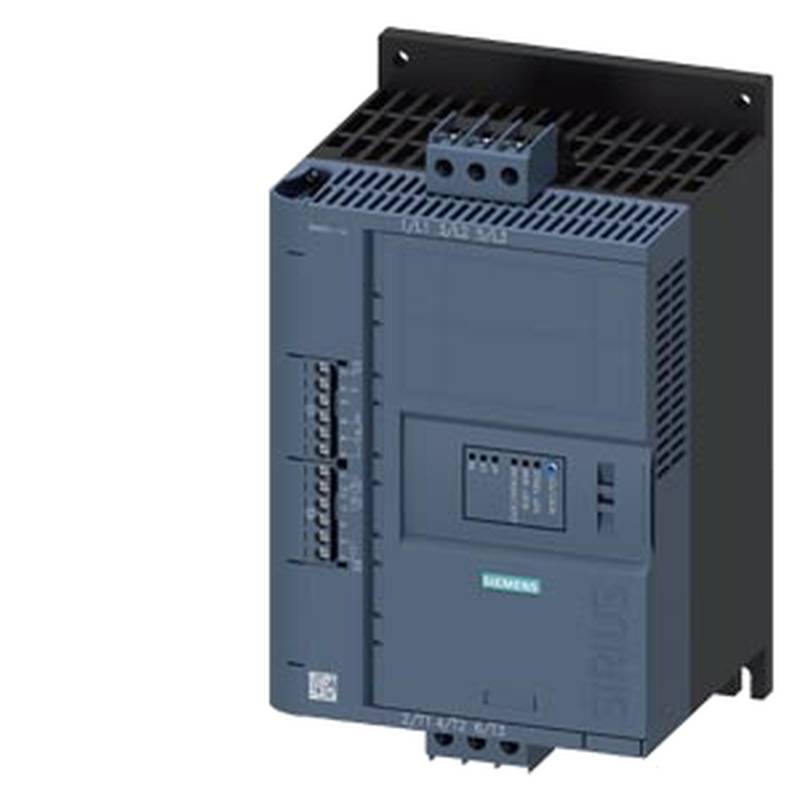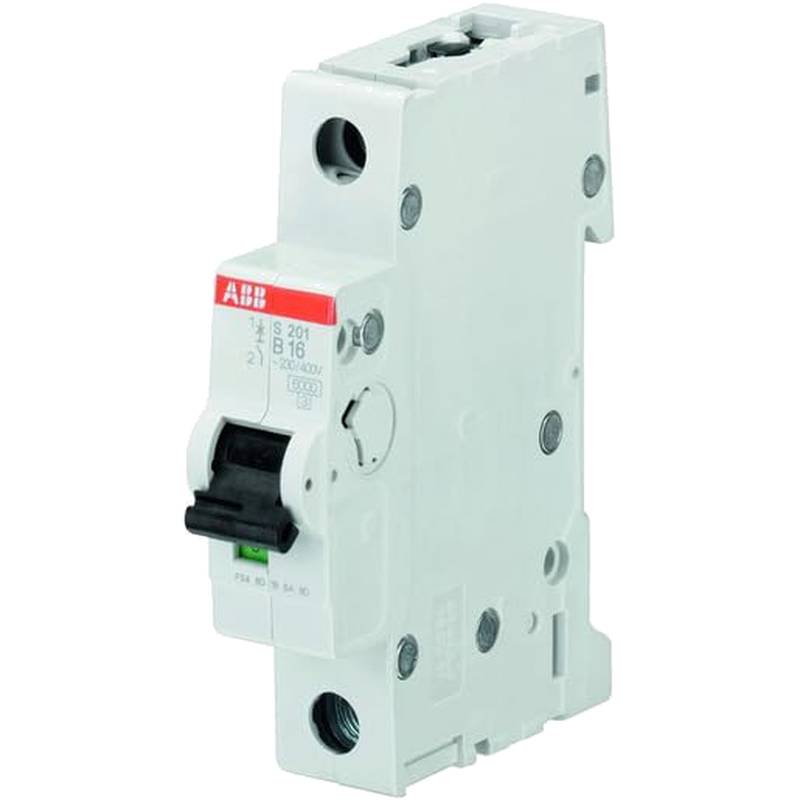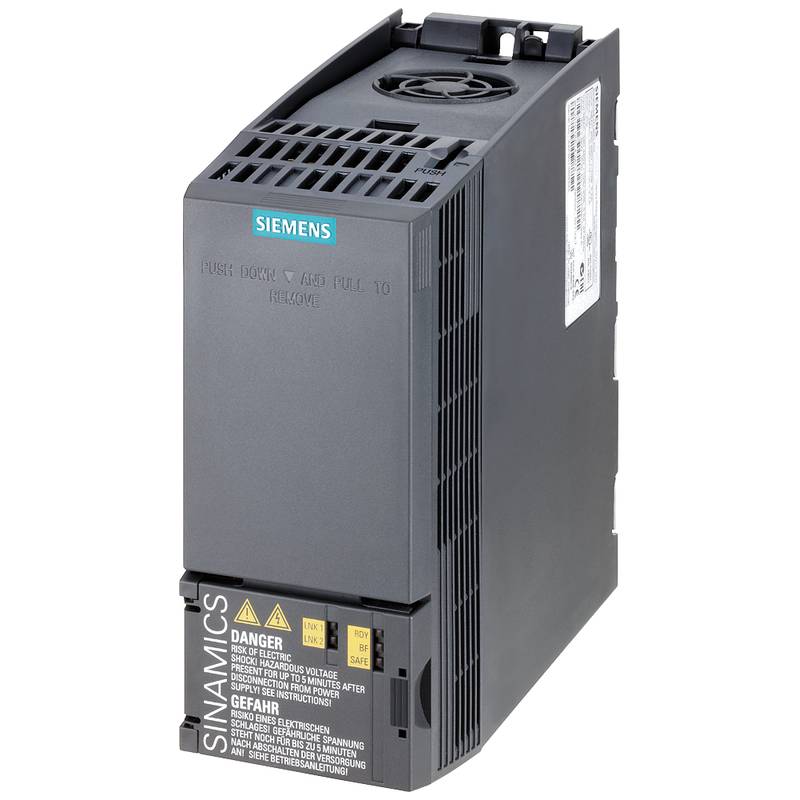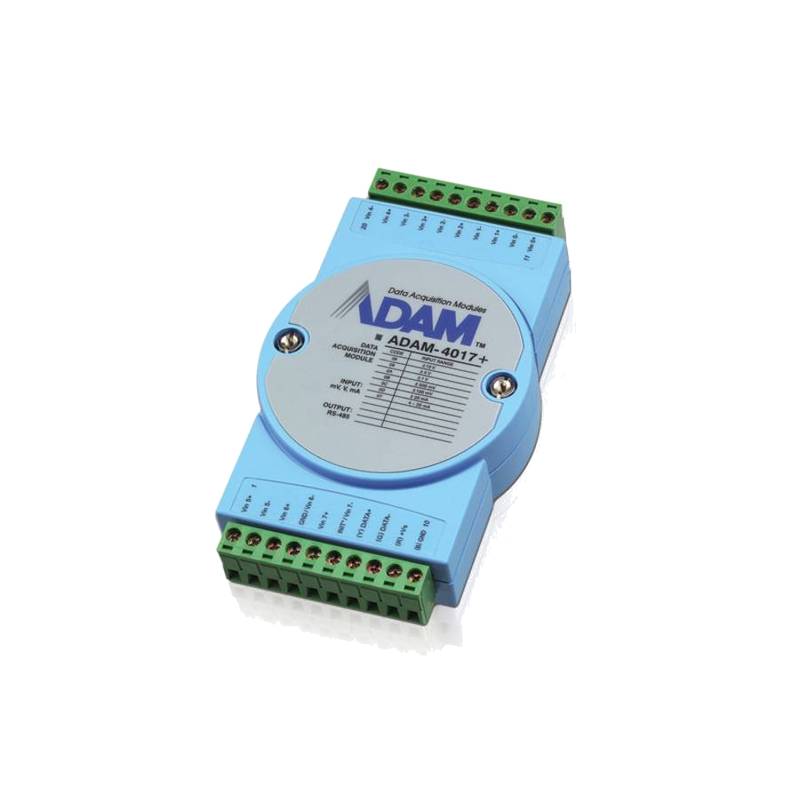
The Siemens 3RT6926-1CD00 RC Contactor Coil Suppression Module is an essential component for industrial automation, designed to protect control circuits and enhance the longevity of contactors. Its core advantages lie in effectively suppressing voltage spikes generated when a contactor coil de-energizes, thereby preventing damage to upstream electronic components and reducing electromagnetic interference (EMI). Key technical parameters include its compatibility with specific Siemens contactor series, its modular design for easy integration, and its robust construction for demanding industrial environments. The module's primary function is to absorb the inductive kickback from the contactor coil, a crucial feature for maintaining system stability and reliability.
| Feature | Specification |
| :-------------------------- | :------------------------------------------ |
| Product Type | RC Suppression Module |
| Manufacturer | Siemens |
| Model Number | 3RT6926-1CD00 |
| Compatible Contactor Series | 3RT, 3RH, 3RV, 3RS (depending on rating) |
| Suppression Type | RC circuit |
| Voltage Rating | Typically rated for control circuit voltages (e.g., 24V, 48V, 110V, 230V AC/DC) |
| Mounting Type | Direct attachment to contactor or DIN rail |
| Ambient Operating Temp. | Varies by specific sub-model/series, generally within industrial ranges |
| IP Rating | Varies by specific sub-model/series, typically designed for control cabinet environments |
Core Features & Market Positioning
The Siemens 3RT6926-1CD00 stands out due to its seamless integration with Siemens' extensive range of contactors, offering a plug-and-play solution for electrical engineers and system integrators. This inherent compatibility simplifies inventory management and reduces the potential for installation errors. The module's RC circuit design is a proven technology for transient voltage suppression, providing a cost-effective and reliable method to protect sensitive control electronics, such as PLC inputs, from damaging voltage surges. In the competitive landscape of industrial automation components, Siemens' reputation for quality and durability further solidifies the market position of this suppression module, positioning it as a preferred choice for applications demanding high reliability and minimal downtime.
Key Application Scenarios
This RC suppression module is indispensable in a multitude of industrial settings where contactors are frequently switched. It is particularly crucial in machine tool applications, automated assembly lines, and material handling systems, where precise control and protection of electrical components are paramount. For scenarios involving frequent start-stop cycles of motors or solenoid valves, the 3RT6926-1CD00 ensures that the control signals remain clean and uninterrupted, preventing spurious tripping of protection devices or malfunctions in Programmable Logic Controllers (PLCs). Its application extends to building automation and process control systems where consistent operation of control circuits is vital for safety and efficiency.
Practical System Integration Guidance
Integrating the Siemens 3RT6926-1CD00 module is a straightforward process, typically involving direct attachment to the auxiliary contact block of compatible Siemens contactors (e.g., 3RT series) or mounting onto a standard 35mm DIN rail. Wiring involves connecting the module in parallel across the control terminals of the contactor coil. Ensure that the module's voltage rating corresponds to the control circuit voltage to prevent malfunction or damage. For installation, always de-energize the control circuit and follow local electrical codes and standards. The modular design allows for quick replacement if necessary, minimizing system downtime.
Operation and Risk Mitigation
The primary function of the 3RT6926-1CD00 is to dampen the high-voltage transient that occurs when the magnetic field in the contactor coil collapses upon de-energization. This phenomenon, known as inductive kickback, can generate voltage spikes far exceeding the nominal circuit voltage. The RC circuit within the module absorbs this energy, dissipating it as heat and a controlled discharge, thereby protecting sensitive downstream electronics from potential damage or premature failure. Proper selection of the suppression module based on the contactor coil's voltage and duty cycle is critical. Overloading or incorrect voltage application can lead to module failure and compromise circuit protection.
Scalability & Long-Term Value
The Siemens 3RT6926-1CD00 integrates seamlessly into existing Siemens automation architectures, offering excellent compatibility with various Siemens control systems and contactor families. This compatibility ensures that as industrial processes evolve or expand, the suppression module can be easily incorporated without requiring extensive system redesign. Its robust design contributes to the overall longevity of control circuits, reducing maintenance costs and the frequency of component replacement. For facilities moving towards Industry 4.0 initiatives, integrating these reliable suppression modules contributes to the overall stability and predictability of digital control systems, laying a foundation for enhanced data acquisition and IIoT connectivity.
---
Frequently Asked Questions
Q1: What is an RC suppression module for contactors?
An RC suppression module, like the Siemens 3RT6926-1CD00, is a protective device designed to mitigate voltage spikes. These spikes occur when a contactor's coil is de-energized, causing inductive energy to discharge.
The module uses a resistor (R) and capacitor (C) in series to absorb and dissipate this transient energy. This action effectively 'snubs' the voltage surge, preventing it from damaging sensitive electronic components in the control circuit.
By clamping these voltage transients, the module enhances system reliability, reduces electromagnetic interference (EMI), and extends the lifespan of control devices such as PLCs and relays.
Q2: How do I wire the Siemens 3RT6926-1CD00?
Wiring the 3RT6926-1CD00 involves connecting it in parallel across the terminals of the contactor coil. Ensure the control circuit is de-energized before making any connections.
Typically, the module features simple screw terminals or plug-in connections that align with the contactor's auxiliary contact blocks or dedicated mounting points. Refer to the product's specific wiring diagram for precise terminal assignments.
Always verify the control circuit voltage against the module's specified operating voltage to ensure correct and safe installation. Accurate wiring is crucial for effective suppression and system protection.
Q3: What are the main benefits of using this suppression module?
The primary benefit is the protection of sensitive control electronics from damaging voltage spikes generated by the contactor coil. This significantly reduces the risk of premature component failure.
It also helps to minimize electromagnetic interference (EMI) generated during coil de-energization, which can disrupt the operation of other nearby electronic devices or communication systems.
Furthermore, by preventing voltage transients, the module contributes to overall system stability, reduces nuisance tripping of protective devices, and lowers maintenance costs associated with component replacement.
Q4: What types of contactors is the 3RT6926-1CD00 compatible with?
The Siemens 3RT6926-1CD00 is designed for use with specific Siemens contactor series, commonly including the 3RT, 3RH, 3RV, and 3RS ranges. Compatibility often depends on the specific contactor's size, coil voltage, and auxiliary contact configuration.
It's essential to consult the product's technical documentation or Siemens' compatibility charts to confirm that this specific suppression module model is suitable for your particular contactor. Incorrect pairing can lead to ineffective suppression or damage.
Always ensure the coil voltage of the contactor matches the rated voltage of the suppression module to guarantee proper function and safety in your application.
Q5: Can this module be used with DC contactor coils?
Yes, Siemens RC suppression modules, including models like the 3RT6926-1CD00, are often designed to be compatible with both AC and DC control circuit voltages. However, the specific voltage rating of the module is critical.
It is imperative to select a module that is rated for the exact DC voltage of the contactor coil you are using. Using a module with an incorrect voltage rating, whether AC or DC, can result in malfunction or damage to the suppression module itself.
Always check the product datasheet or labeling on the module to confirm its AC/DC voltage compatibility and the specific voltage range it is designed to operate within.
Q6: What happens if I don't use a coil suppression module?
Without a coil suppression module, high-voltage transients can be generated each time the contactor coil is de-energized. These spikes can degrade or instantly destroy sensitive electronic components connected to the same control circuit.
These transients can cause unpredictable behavior in PLCs, logic controllers, or other solid-state devices, leading to system malfunctions, incorrect operations, or unexpected shutdowns. This impacts overall process reliability.
Over time, the cumulative effect of these voltage spikes can lead to premature failure of control circuitry, resulting in costly repairs, production downtime, and increased maintenance expenses.
Q7: What are the typical failure modes of an RC suppression module?
A common failure mode is capacitor breakdown due to excessive voltage stress, heat, or age, leading to a short circuit and potentially affecting the control circuit. The resistor could also fail open or short, diminishing or eliminating its suppression capability.
If the module is mismatched to the contactor coil (e.g., wrong voltage rating or continuous duty in a rapidly switching application not intended), internal components can overheat and fail prematurely. This might manifest as a burnt smell or visible damage.
Failure to adequately suppress transients could also indirectly indicate that the module is no longer functioning correctly, as the protected equipment may begin to exhibit issues previously prevented by the module.
Q8: How does this module differ from a varistor-based suppressor?
RC suppression modules use a combination of a resistor and capacitor to create a dampened circuit that absorbs and dissipates transient energy. This method provides a more controlled and gradual suppression.
Varistor-based suppressors (Metal Oxide Varistors or MOVs) offer very fast response times and clamp voltage transients by becoming highly conductive above a certain voltage threshold. They are often used for higher energy surges.
While both protect against voltage spikes, RC suppression is generally preferred for contactor coils due to its effectiveness in reducing ringing and EMI, whereas varistors might be better suited for protection against lightning-induced surges or external power line disturbances.
Q9: Are there any installation precautions to observe?
Always ensure the control circuit power is completely disconnected and locked out before performing any installation or maintenance work on the suppression module or contactor. Follow all relevant safety standards and local electrical codes.
Verify that the module's voltage rating precisely matches the control voltage of the contactor coil it will be connected to. Improper voltage matching can lead to immediate failure of the module or ineffective protection.
Ensure the module is securely mounted and correctly wired according to the manufacturer's diagram. Loose connections can cause intermittent operation or safety hazards.
Q10: What is the expected lifespan of the 3RT6926-1CD00 module?
The lifespan of the Siemens 3RT6926-1CD00 module is influenced by factors such as the frequency of switching cycles, ambient temperature, and the severity of voltage transients it suppresses. Under typical industrial operating conditions, these modules are designed for long service life.
Siemens products are engineered for durability in demanding environments, and with proper installation and operation within specified parameters, the RC suppression module should provide reliable protection for many years. However, like all electronic components, they are subject to eventual wear.
Regular visual inspections for signs of damage or overheating, along with functional checks if system issues arise, can help in determining the module's condition. Proactive replacement based on operational history or maintenance schedules can prevent unexpected failures.

















